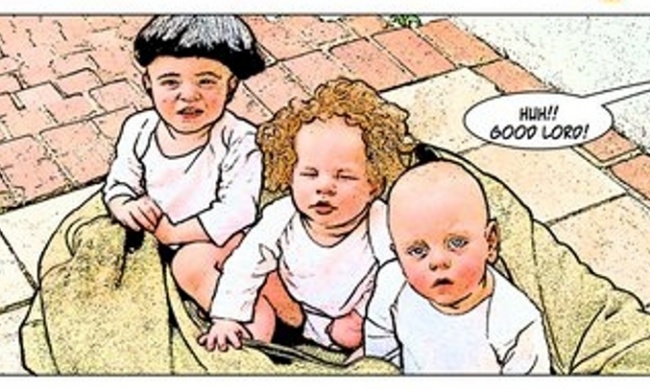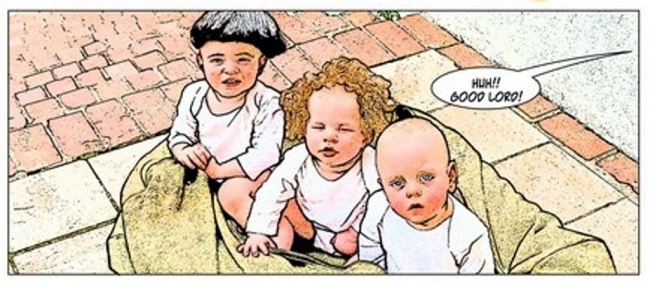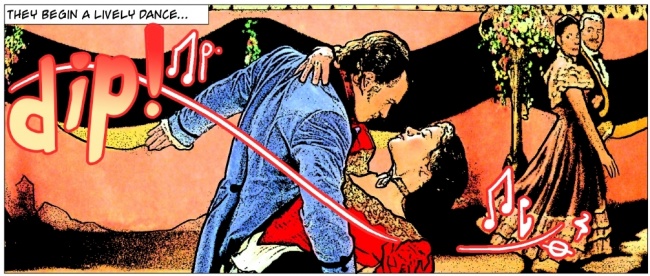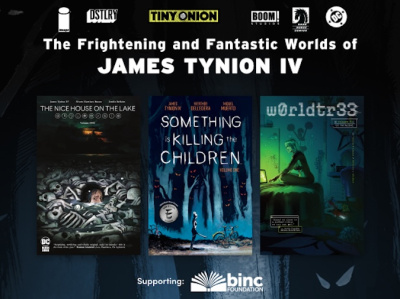“We have a technology where we can do this in a week,” Rakshit said. “The software takes the video and does a lot of algorithmic and heuristic processing. It gives them a hand-drawn look, and stitches them together into a story. There’s very little human interfacing.” The technology was developed by co-founder and CTO Jeremy Stephens and an offshore development team. While text and art are created by the software, sound effects are not.
The choice to create a hand-drawn look was an aesthetic, or dare we say it, an artistic choice. “We could do this without the filters where it would just be the images and the speech bubbles, but we tried to convert them,” she explained. “It’s more about reading a good story in this format.” ComicFlix has the development of a reader in its roadmap, but for now is using the web and Amazon’s Kindle as ways to display its content.
ComicFlix has signed licenses with C3 Entertainment for Three Stooges and with Zorro Productions for Zorro. With access to the complete franchises, the company is beginning with movie content and plans digital comic editions, with the first product, a Zorro comic, available through Amazon. Dynamite Entertainment has the license for print comics featuring Zorro, and negotiations are under way for a revenue sharing agreement related to print editions of the ComicFlix Zorro comics. Print editions of the Three Stooges comics are also planned.In addition to samples of its Zorro and Three Stooges products, ComicFlix has a variety of other content adapted from video to comics on its website, including a public domain 1954 Sherlock Holmes TV series and numerous trailers for properties for which it does not have licenses. “If people object, we’ll take it down,” Rakshit said in response to a question about the content. “We haven’t received any requests so far.”
ComicFlix sees a wide variety of potential applications beyond entertainment for the technology, including advertising, product videos, education, and personal uses such as wedding or vacation videos. Asked whether the company was focusing on a business client or going straight to consumers, Rackshit said it was too early to make that decision. “Our real vision is around being a technology platform and taking this capability to everyone. We don’t have a particular focus in terms of business vs. consumer markets, because from the technology side it’s the same. I think that answer will play out for us eventually, as to where we want to focus.”
While the product needs refining, the possibilities are intriguing. Rakshit told us that the response from potential licensors has been strong. “The notion appeals to everybody in the industry, that you can take the images and create something to give to the fans.”










